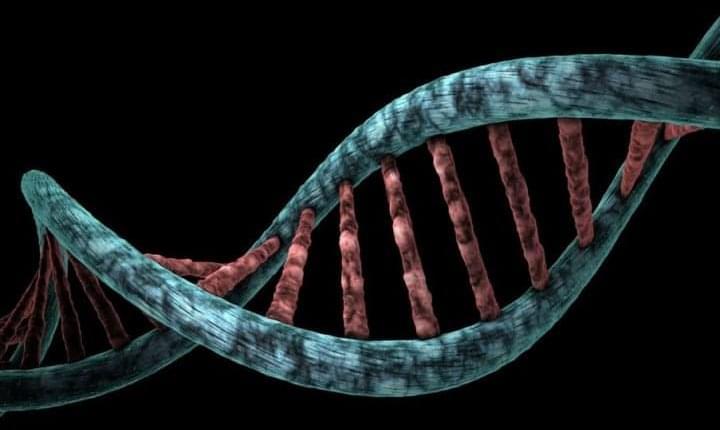The findings also point to possible directions for treatment of the disease.
The results are published Sept. 6 in the journal Neuron.
Almost half the human genome is comprised of transposable elements, long and short stretches of DNA called “jumping genes” for their ability to move from one location of the genome to others. Once called “junk” DNA, these transposable sequences have been shown to play crucial regulatory roles in many biological functions. Once they fulfill these myriad roles, molecular regulators usually silence their expression.
